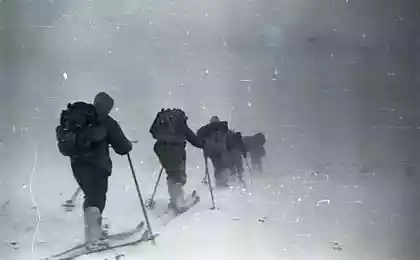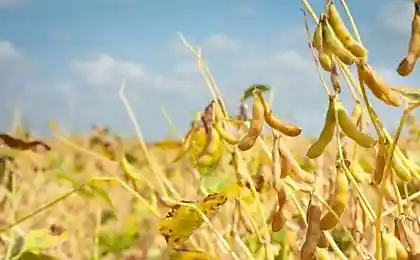519
How nanoparticles reveal criminal secrets

A group of researchers from Switzerland has thrown light on the precise mechanisms responsible for the impressive ability of nanoparticles that can detect fingerprints left at the crime scene. The work was published in the journal Nanotechnology, and its main motive — challenging the generally accepted theory that nanoparticles are attracted to the electrostatically fingerprints.
Scientists argue that the attraction actually is chemical in nature and is caused by compounds on the surface of nanoparticles that communicate with a complex cocktail of compounds present in the fingerprint.
They also believe that a more fundamental understanding of the interaction of nanoparticles and fingerprints will contribute to the development of more accurate methods that will increase the chances of finding previously nedetectabile fingerprints. In fact, about 50% of the prints left on paper, fails to detect.
The study's lead author Sebastian Moret says: "There are a number of different methods used to visualize fingerprints when they bring in the lab, but they all lack sensitivity. Some of these methods are joined not only with prints but also with the substrate or surface where they stay, which leads to the appearance of the background, which hides fingerprints".
Most of these methods were developed by trial and error, so it is very important to understand the fundamental mechanisms that stand behind them.
Fingerprints remain on the scene due to natural secretions — sweat and fatty compounds as well as contaminants like makeup or blood, which accumulate on the fingers. It all creates an impressive pattern of lines that leave our fingers on the concrete surface.
In their study, the researchers from the University of Lausanne applied fingerprints on aluminum foil, and then was immersed in an aqueous solution with nanoparticles of silicon dioxide, which were coated with a carboxyl group of atoms of carbon, hydrogen and oxygen.
Also, the nanoparticles were injected a special dye to be visualized in a certain light.
The researchers conducted a series of tests to show that the attraction between the nanoparticles and fingerprints was due to a chemical bond between the carboxylic group and a specific chemical group of amines that are present in the amino acids and proteins in the fingerprint.
Until now, the accepted theory was that the acidic solution that contained the nanoparticles led to the fact that the finger becomes positively charged and attracted to negatively charged nanoparticles.
The nanoparticles used in the field of criminology, not only because of the small size and optical properties, but also due to the ability of accurate tuning of surface properties, which, as scientists believe, after their work will be a significant development.
"Now that it is established that a chemical interaction occurs between the nanoparticles and the chemical groups defined in the fingerprints, this interaction can be further enhanced, which will lead to more accurate analysis, enhanced selectivity and reducing background noise".
Source: hi-news.ru























